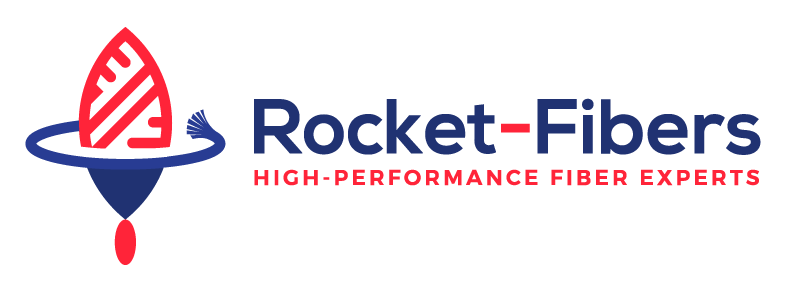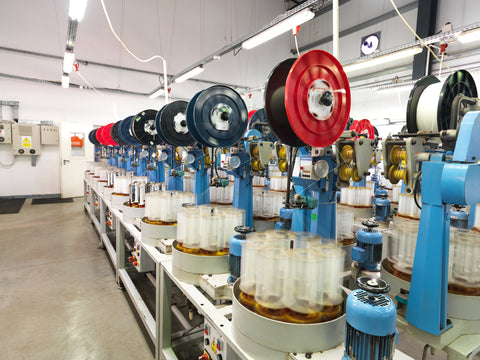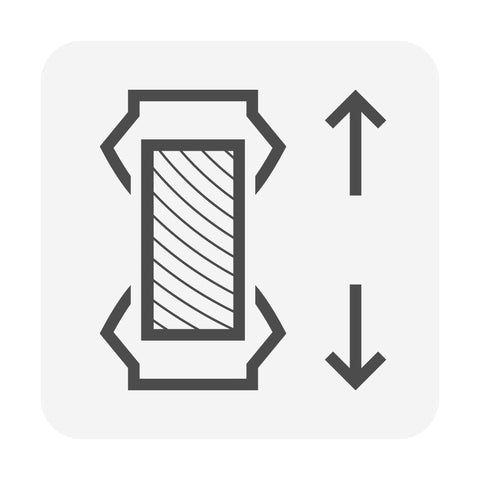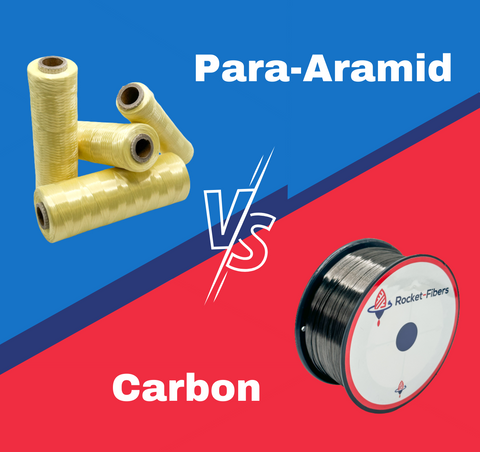Braiding high-performance fibers into cord structures offers numerous benefits and performance advantages. Here are four key points highlighting these advantages:
- Exceptional Abrasion Resistance: Braided cords excel in providing superior abrasion resistance and wear performance, particularly in applications involving high loads and dynamic movements. The interlaced structure of the braid acts as a protective shield, reducing friction and minimizing the risk of fiber degradation or damage. This quality is particularly valuable in industries such as marine, construction, or industrial rigging, where ropes and cords endure continuous strain, rough surfaces, and abrasive environments.
- Enhanced Strength and Load Distribution: Braided structures significantly enhance the strength and load distribution capabilities of high-performance fibers in cords. The interlacing pattern evenly distributes forces along the entire length of the structure, reducing stress concentrations and enhancing overall strength. This property is crucial in applications requiring reliable load-bearing capacity, such as lifting slings, towing lines, or climbing ropes. Braided high-performance fibers optimize the mechanical performance and durability of cords, ensuring their ability to withstand heavy loads and demanding environments.
- Increased Flexibility and Conformability: Braided cords offer exceptional flexibility and conformability, allowing them to adapt to various shapes and contours. The interlaced fibers enable the material to bend, twist, and deform while maintaining structural integrity. This flexibility is advantageous in applications where ropes and cords need to navigate tight spaces, follow complex paths, or conform to irregular surfaces. Braided high-performance fibers provide the necessary flexibility without compromising strength, making them well-suited for applications in rescue operations, sailing, or aerial rigging.
- Customizability and Design Optimization: The versatility of braided structures allows for customizability and design optimization in cords. Different braid formats, such as hollow, solid, double, or diamond braid, offer specific characteristics and performance advantages. Engineers can choose the most suitable braid configuration, fiber composition, and thickness to achieve desired mechanical properties, such as strength, flexibility, or buoyancy. This flexibility in design allows for tailored ropes and cords that meet the specific requirements of various applications, including mountaineering, fishing, arboriculture, or aerospace.
In conclusion, braiding high-performance fibers into cords provides several performance advantages. These include improved abrasion resistance and wear characteristics, enhanced strength and load distribution, increased flexibility and conformability, and customizability for optimized design. By leveraging the benefits of braided structures, high-performance fiber cords offer reliable, durable, and tailored solutions for a wide range of industries and applications, ensuring safety, efficiency, and performance in demanding environments.




